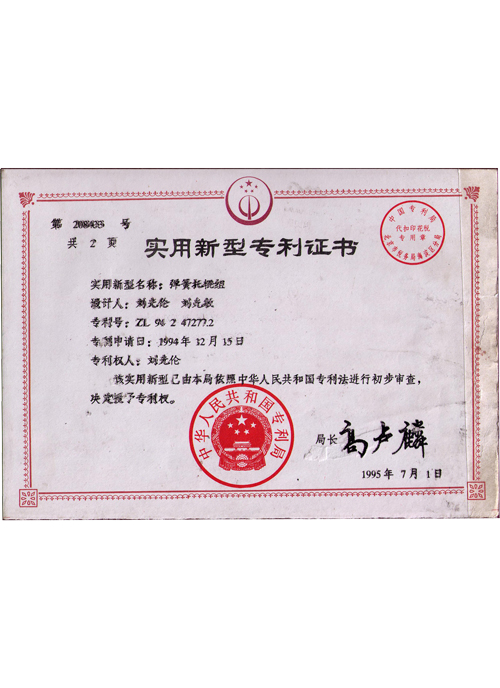 Afrikaans
Afrikaans  Albanian
Albanian  Amharic
Amharic  Arabic
Arabic  Armenian
Armenian  Azerbaijani
Azerbaijani  Basque
Basque  Belarusian
Belarusian  Bengali
Bengali  Bosnian
Bosnian  Bulgarian
Bulgarian  Catalan
Catalan  Cebuano
Cebuano  Corsican
Corsican  Croatian
Croatian  Czech
Czech  Danish
Danish  Dutch
Dutch  English
English  Esperanto
Esperanto  Estonian
Estonian  Finnish
Finnish  French
French  Frisian
Frisian  Galician
Galician  Georgian
Georgian  German
German  Greek
Greek  Gujarati
Gujarati  Haitian Creole
Haitian Creole  hausa
hausa  hawaiian
hawaiian  Hebrew
Hebrew  Hindi
Hindi  Miao
Miao  Hungarian
Hungarian  Icelandic
Icelandic  igbo
igbo  Indonesian
Indonesian  irish
irish  Italian
Italian  Japanese
Japanese  Javanese
Javanese  Kannada
Kannada  kazakh
kazakh  Khmer
Khmer  Rwandese
Rwandese  Korean
Korean  Kurdish
Kurdish  Kyrgyz
Kyrgyz  Lao
Lao  Latin
Latin  Latvian
Latvian  Lithuanian
Lithuanian  Luxembourgish
Luxembourgish  Macedonian
Macedonian  Malgashi
Malgashi  Malay
Malay  Malayalam
Malayalam  Maltese
Maltese  Maori
Maori  Marathi
Marathi  Mongolian
Mongolian  Myanmar
Myanmar  Nepali
Nepali  Norwegian
Norwegian  Norwegian
Norwegian  Occitan
Occitan  Pashto
Pashto  Persian
Persian  Polish
Polish  Portuguese
Portuguese  Punjabi
Punjabi  Romanian
Romanian  Russian
Russian  Samoan
Samoan  Scottish Gaelic
Scottish Gaelic  Serbian
Serbian  Sesotho
Sesotho  Shona
Shona  Sindhi
Sindhi  Sinhala
Sinhala  Slovak
Slovak  Slovenian
Slovenian  Somali
Somali  Spanish
Spanish  Sundanese
Sundanese  Swahili
Swahili  Swedish
Swedish  Tagalog
Tagalog  Tajik
Tajik  Tamil
Tamil  Tatar
Tatar  Telugu
Telugu  Thai
Thai  Turkish
Turkish  Turkmen
Turkmen  Ukrainian
Ukrainian  Urdu
Urdu  Uighur
Uighur  Uzbek
Uzbek  Vietnamese
Vietnamese  Welsh
Welsh  Bantu
Bantu  Yiddish
Yiddish  Yoruba
Yoruba  Zulu
Zulu roller lagging
Understanding Roller Lagging A Key Component in Material Handling
In the realm of material handling and conveyor systems, roller lagging plays a crucial role in enhancing the performance and efficiency of various equipment. As industries globally strive for optimized operations, understanding the mechanics and benefits of roller lagging becomes increasingly essential for engineers and operators alike.
What is Roller Lagging?
Roller lagging refers to a protective layer applied to the surface of conveyor rollers. This layer can be made from various materials, including rubber, polyurethane, and steel, depending on the application and environmental conditions. The primary function of roller lagging is to improve the coefficient of friction between the conveyor belt and the roller. This enhancement is vital for preventing slippage, ensuring smooth material transfer, and maximizing the longevity of both the rollers and the conveyor belts.
The Importance of Roller Lagging
1. Increased Traction One of the most significant advantages of roller lagging is the improvement in traction between the conveyor belt and the roller. With higher friction coefficients, materials can be transported at steeper angles without the risk of slipping. This is particularly beneficial in industries such as mining and manufacturing, where the movement of heavy materials is commonplace.
2. Reduced Wear and Tear Roller lagging acts as a protective layer that mitigates direct wear and tear on the rollers themselves. By absorbing the impact and reducing frictional forces, the lagging extends the life of the metal roller, leading to lower maintenance costs and reduced downtime.
3. Minimized Belt Damage The presence of roller lagging helps to distribute the load more evenly across the conveyor system. This reduces the chances of belt damage due to misalignment or excessive stress, which can lead to costly repairs and operational disruptions.
roller lagging

4. Enhanced Performance in Various Conditions Different environments require specialized roller lagging solutions. For example, in wet or humid conditions, rubber lagging may be employed to maintain traction. In high-temperature environments, heat-resistant materials can be utilized. This adaptability ensures that conveyor systems operate optimally regardless of external factors.
5. Noise Reduction Another advantage of roller lagging is its ability to dampen noise. The cushioning effect of the lagging material absorbs vibrations, resulting in quieter operation. This not only makes for a better working environment but can also help companies comply with regulations regarding noise pollution.
Types of Roller Lagging
While roller lagging can be made from various materials, the choice of material often depends on the specific requirements of the application. The most common types include
- Rubber Lagging Offers excellent grip and is widely used due to its versatility and cost-effectiveness. It’s ideal for most general applications. - Polyurethane Lagging Known for its durability and resilience, polyurethane is often used in conditions requiring high wear resistance. - Ceramic Lagging This type incorporates ceramic tiles to provide superior grip and is typically used in heavy-duty applications, particularly in mining.
Conclusion
In summary, roller lagging is an indispensable element in the functionality and efficiency of conveyor systems. By enhancing traction, reducing wear, minimizing belt damage, and adapting to various environmental conditions, roller lagging contributes to smoother operations across a wide range of industries. As companies continue to innovate and improve their material handling processes, understanding and utilizing roller lagging will undoubtedly play a pivotal role in achieving operational excellence. Whether for new installations or retrofitting existing systems, investing in high-quality roller lagging can yield significant long-term benefits and savings.
-
Revolutionizing Conveyor Reliability with Advanced Rubber Lagging PulleysNewsJul.22,2025
-
Powering Precision and Durability with Expert Manufacturers of Conveyor ComponentsNewsJul.22,2025
-
Optimizing Conveyor Systems with Advanced Conveyor AccessoriesNewsJul.22,2025
-
Maximize Conveyor Efficiency with Quality Conveyor Idler PulleysNewsJul.22,2025
-
Future-Proof Your Conveyor System with High-Performance Polyurethane RollerNewsJul.22,2025
-
Driving Efficiency Forward with Quality Idlers and RollersNewsJul.22,2025





























